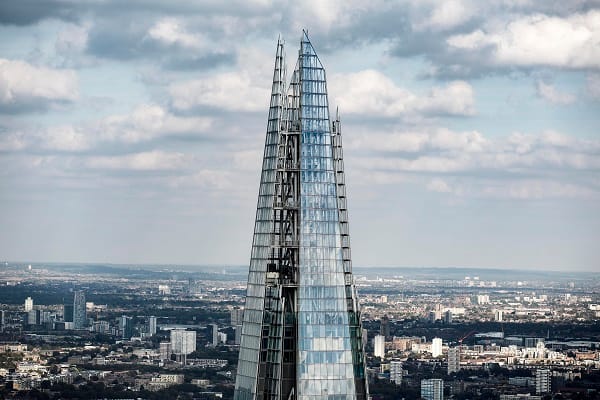Is your organisation using space efficiently? At any time, does this space greet you with many empty desks? Or are your employees constantly feeling frustrated due to not having enough meeting rooms?
Jones Lang LaSalle reported in their 2017 Occupancy Planning Annual Report that many executives for corporate real-estate estimated that 20% of space that is available is wasted, yet this could be even higher at around 30% to 40%. In the uncertain economic times of today, it comes as no surprise that many companies are facing pressure to make sure they are using these spaces efficiently and to lower real-estate costs.
How to achieve this
The first step involves gaining a better perspective of how these spaces are used over a day, a week, or even a month. You might already know how many of your workers are working part-time or those that work from home for a portion of every week. Yet with the expanding uptake of “flexible working”, it can become harder to track the movement of people. You will require hard data.
By detecting the real-time presence of employees around a building, you can derive a real-time picture of available space and direct individuals to a meeting area or desk you know are actually free. When looking at a slightly longer term, in the way of monitoring the space occupancy over fixed periods, it becomes possible to identify spaces that are in higher demand and spaces that are underused, to arrive at a better way to plan space use accordingly.
Save on energy
The latest smart-building management systems allow you to automate the controls in the building such as air-conditioning, ventilation, heating, and lighting according to real-time occupation. This not only reduces energy consumption by reducing carbon emissions and expenditure, but it will also allow for an easier way to create a comfortable and more efficient working environment.
Increase productivity
Many workplace environments have slowly become a lot more relaxed. The collaborative, informal working style of popular tech startups has filtered down to organisations that are more traditional such as law firms, accountancy, and banking.
What is the right solution for your business
Occupancy monitoring data will show you precisely the levels of demand for break-out areas and informal-meeting spaces, allowing you to optimise office layouts for enhancing productivity and facilitate collaboration. You may find that you require areas that are more comfortable for creative brainstorming or group discussions, or a video conference room for meetings with employees from different regions. On the other hand, you may need an area that is quieter and isolated for the tasks requiring more concentration. Or maybe you need phone booths dedicated to the employees that are making important calls. It should be about giving employees the spaces they require for them to complete their tasks.
Retain and attract talent
In many sectors, companies are finding it hard to retain and attract top talent. It may come as a surprise, but the working environment type available could be one of the key factors for potential employees choosing employers.
According to CBRE, a commercial real estate investment, and services firm, 78% of the millennials who are going to be the age group that is most dominant in the workplace from 2020 onwards stated that working environments are essential when considering an employment offer. The Deloitte Millennial survey conducted in 2017, mentioned that millennials favored more relaxing environments, and many would give second thoughts to working in impersonal or sterile environments.
Improve security and safety
Knowing where employees are in the building is not just convenient it could also end up being lifesaving. In emergencies such as a fire, you would know the exact whereabouts of any person still inside the building, the opportunity to notify these people of this emergency, and how to reach the closest exit.
While an occupancy sensor is not meant to replace intruder-alarm systems, these devices add an additional security layer or prove to be useful in certain areas where only authorised staff are allowed to enter.
Only relocate when you really have to
Has your workforce started to grow? You may assume that you will outgrow the current premises, which will mean starting the expensive, time-consuming process of having to pack the operation up to move to a larger office. In some cases, relocation is unavoidable, yet in some instances, all that is required is a smart approach.
Standard seating models provide each worker with a chair and desk, which means each time a new person joins the company, you need to make more space for them. Yet when a percentage of these desks are standing empty since the designated owner of that desk is working elsewhere, it doesn’t make sense to make more room. You might have a room for meetings that seats ten comfortably, yet it is only used by 2 to 3 people at one time. This is valuable space that is being wasted.






Leave a Comment